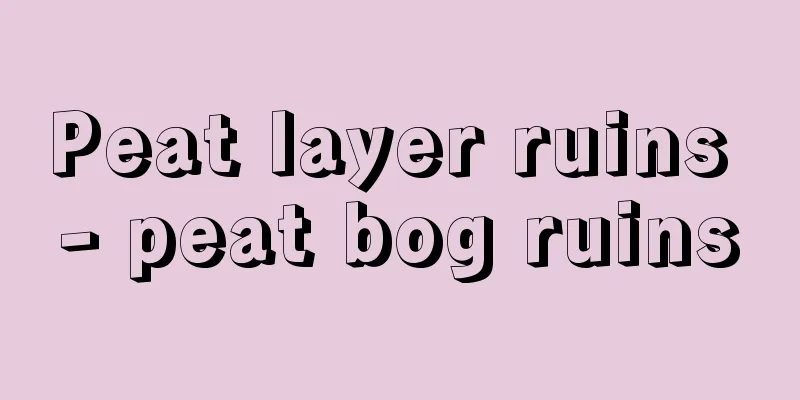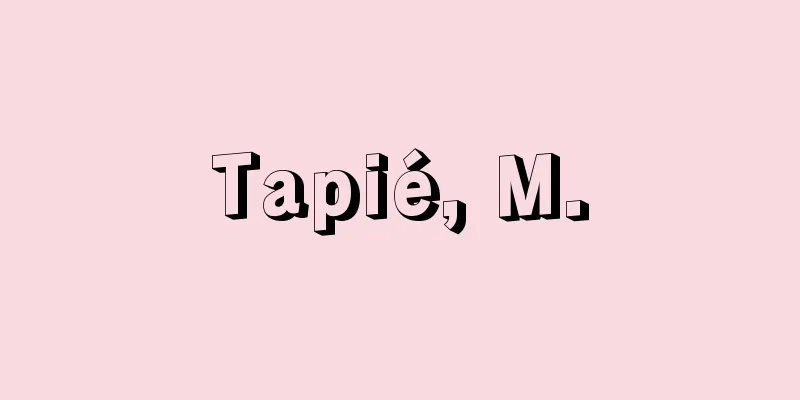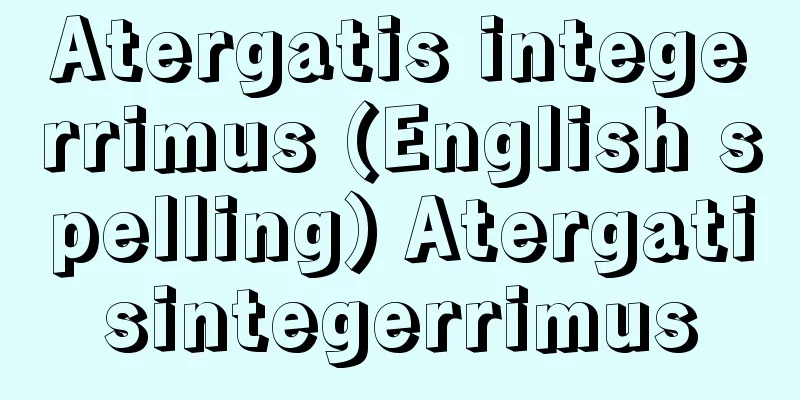Peat layer ruins - peat bog ruins

|
In Japanese archaeology, artifact-bearing layers that consist of clay and sand containing large amounts of plant remains are called "peat layers" or special peat layers, and the associated ruins are called peat-layer ruins or low-lying marsh ruins. However, peat is actually made up of plant remains, and becomes very light when dried and can be used as fuel, so it is inappropriate to call artifact-bearing layers that contain a lot of clay and sand by these names. For this reason, Takayoshi Nasu and Toshifumi Ichihara have recently proposed using the term "low-lying marsh artifact-bearing layers" instead of the traditional "peat layer," and calling the associated ruins low-lying marsh ruins. Source: Heibonsha World Encyclopedia, 2nd Edition Information |
|
植物遺体を多量に含む粘土,砂からなる遺物包含層を,日本考古学では,〈泥炭層〉あるいは特殊泥炭層などとよび,その遺跡を泥炭層遺跡あるいは低湿地遺跡とよんでいる。しかし,本来泥炭とは,植物遺体で構成されており,乾燥すればひじょうに軽くなり,かつ燃料となるものであるから,粘土・砂を多く含む遺物包含層をこの名でよぶことは不適当である。このような理由から,最近では那須孝悌,市原寿文が,従来の〈泥炭層〉に代わって低湿地遺物包含層という名称を使い,その遺跡を低湿地性遺跡とよぶべきことを提唱している。
出典 株式会社平凡社世界大百科事典 第2版について 情報 |
<<: Hypoproteinemia (hypoproteinemia)
>>: Peat - peat (English spelling)
Recommend
Shiida [town] - Shiida
An old town in Chikujo District, eastern Fukuoka P...
Quinke, HI (English spelling) QuinkeHI
…The two conditions are also known simply as pept...
Veblen, Thorstein (Bunde)
Born July 30, 1857 in Manitowoc, Wisconsin. [Died]...
Takachihohebi - Takachihohebi
A snake of the order Squamata, family Colubridae,...
Ishikawa clan (Soga clan)
...However, the Soga clan later produced three mi...
Ananassa - Ananassa
… [History of cultivation] The use of wild strawb...
Alum - Alum
In the narrow sense, it refers to potassium alum, ...
Amamonzeki - Amamonzeki
…A nun is called Ama-gozen as a respectful title....
Bestialium
…An allegorical collection of tales about animals...
Irreducible fractions - Irreducible fractions
A fraction whose numerator and denominator have no...
Baltic languages - Baltic
A branch of the Indo-European language family. In...
Shrimp vine insect - Shrimp vine insect
The larvae of the grapevine moth, which belongs t...
Otomae - Otomae
1087?-1170? A female entertainer from the late He...
Subrahmanyan Chandrasekhar
American astrophysicist. Born in Lahore, British ...
Motile phagocytes
…The word 'hemocyte' means 'cell'...









